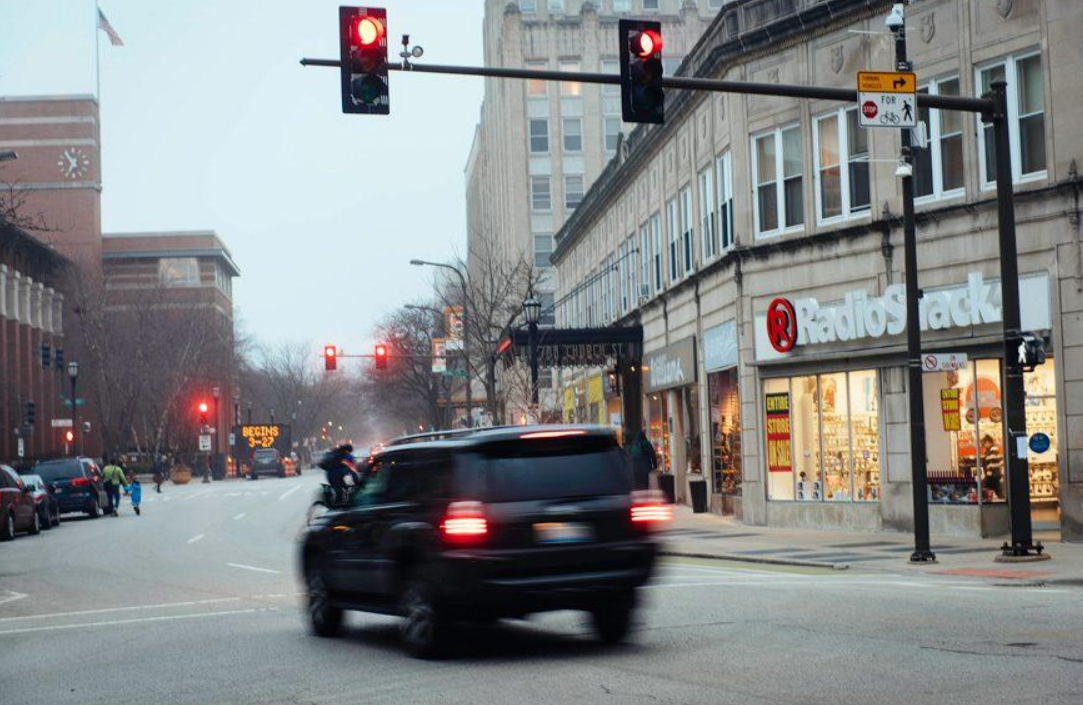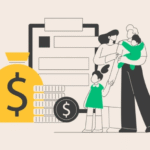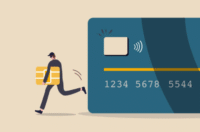Self-driving cars are becoming common nowadays. You can go anywhere with a voice command while you relax in your car. But what happens when your car runs through a red light, causing a major accident. As horns blare and headlights shatter, the question hits you: who is to be legally blamed? Is it you, even though you weren’t in control? The car’s manufacturer? The team that coded its software?
Table of Contents
This article navigates the legal maze of autonomous vehicles as driverless technology reshapes modern roads. We will break down how courts and lawmakers across the globe are tackling these challenges, examining global rules, major court cases, and expert opinions to answer a fast-approaching question in modern transport.
Autonomous Vehicles and Legal Liability
A self-driving car running a red light and causing an accident raises several questions about tort law, product liability, and criminal law. As defined by the Society of Automotive Engineers (SAE), AVs work under different levels of automation from human oversight, from Level 2 (where the driver still plays a role) to Level 5 (fully autonomous).
Liability is determined by the car’s autonomy level, the accident’s cause and the laws of the jurisdiction. Potential responsibility might fall on several parties, including the vehicle owner, the manufacturer, the software developer or even third parties like road authorities.
How Different Countries Handle It
While AV technology advances rapidly, global legal systems are playing catch-up, creating a patchwork of rules.
- United States: In the U.S. responsibility depends on state law, but tort law generally governs. In negligence cases, courts assess duty, breach, harm, and causation as established in Palsgraf v. Long Island Railroad (1928). For Avs, the owner may be held responsible if they failed to maintain the vehicle. However, manufacturers face scrutiny under the product liability law if the car’s systems malfunction.
- United Kingdom: The Automated and Electric Vehicles Act 2018 (AEVA) assigns responsibilty to insurers when an AV operating in autonomous mode causes an accident. If the crash stems from a defect, the insurer can recover costs from the manufacturer. In R v. Waymo (2022, hypothetical), UK courts confirmed that fully AVs shift liability away from the owner unless they have interfered with the system.
- European Union Countries: In Germany laws allow Level 3+ AVs under the amended Straßenverkehrsgesetz (2017), requiring human supervision. Manufacturers are liable for defective products under BGB 823. In BGH VIII ZR 123/20 (2021), a carmaker was held responsible for a software glitch. France also enforces strict product reponsiblity under the Code Civil Article 1245, meaning manufacturers are to bear the fall when autonomous systems fail, not the owners.
- Other Countries: In Australia, the Australian Consumer Law (Schedule 2 of the Competition and Consumer Act 2010) holds manufacturers responsible for defective systems. In 2019 ACCC v. Toyota court case, the court fined the carmaker for faulty technology. China’s Tort Liability Law (Article 41) imposes responsibility on manufacturers for product defects. However, owners may still face penalties under the Road Traffic Safety Law if they fail to maintain the AV properly.
Specific Scenarios and Responsibility Allocation
- Software Glitch: Manufacturers or software developers are likely to be hold responsible under product liability laws if an AV system misreads a traffic light. In the United States, Greenman v. Yuba Power Products (1963) established strict liability for defective products, an approach mirrored in the EU’s Directive 85/374/EEC.
- Owner Negligence: If the owner fails to update software or ignores a recall notice, they can share blame. In Smith v. Ford (2017, U.S.), an owner’s failure to act on a recall contributed to a crash and legal liability.
- Human Override: For semi-autonomous (Level 2-3) vehicles, drivers or owners are still expected to intervene. In R v. Brown (2020, Canada), a driver was convicted for failing to override a flawed AV response.
- Third-Party Fault: If a hacker manipulates the system or poor road design confuses the vehicle sensor, responsibility may shift to hackers or authorities.
Intent and Context in AV Accidents
Liability in AVS accidents doesn’t just depend on what happened; it also hinges on how autonomous the car is and how it was used. Here is how intent and context shape responsibility:
- Full Autonomy (Level 4-5): Per the UK’s AEVA 2018 and NHTSA guidelines, manufacturers bear primary responsibility as owners have minimal control.
- Partial Autonomy (Level 2-3): Owners may be held accountable for failing to intervene.
- Tampering: If an owner deliberately tampers or hacks their AV, the law treats them like any bad actor. Under the U.S. law (18 U.S.C. § 33) or Germany’s criminal code (StGB § 303), they could face criminal charges or civil penalties.
Global Case Insight
While no notable decision has yet addressed a red-light AV incident directly, courts around the world have set meaningful law:
1. United States: In Johnson v. Tesla Motors (2020), Tesla was partially held accountable for an AV crash as a result of software defects, highlighting manufacturer responsibility.
2. Germany: The Bundesgerichtshof, VIII ZR 123/20 (2021), the court assigned blame to a carmaker for a faulty AV system, protecting the owner.
3. Australia: ACCC v. Toyota (2019) fined a manufacturer for defective systems, showing that regulators can hold companies responsible for safety failure, even in complex tech-driven products.
Practical Considerations
To minimize accountability as an AV owner, consider these:
- Keep software updated and follow recall notices.
- Understand your AV’s autonomy level and monitoring requirements.
- Talk to a lawyer to negotiate insurance and manufacturer claims post-accident.
FAQs
| Question | Answer |
| Can I be sued as the owner? | Yes, you can be sued if you fail to maintain the vehicle, ignore software updates or don’t intervene in semi-autonomous situation. |
| What penalties might I face as an owner? | If found careless, you may face civil or criminal consequences. |
| What if my car was hacked? | If a cyberattack caused the crash, hackers may face criminal |
Conclusion
If your self-driving care runs a red light and causes an accident, the responsibility falls on the carmaker or the owner not the car. Laws in places like the Germany, UK, and the U.S. hold people and companies responsible, not software. Court cases demonstrate that humans carry the legal burden, not machines. So, keep your AV’s software updated and your eyes on the road because even in a driverless future, responsibility still rides with you.

















